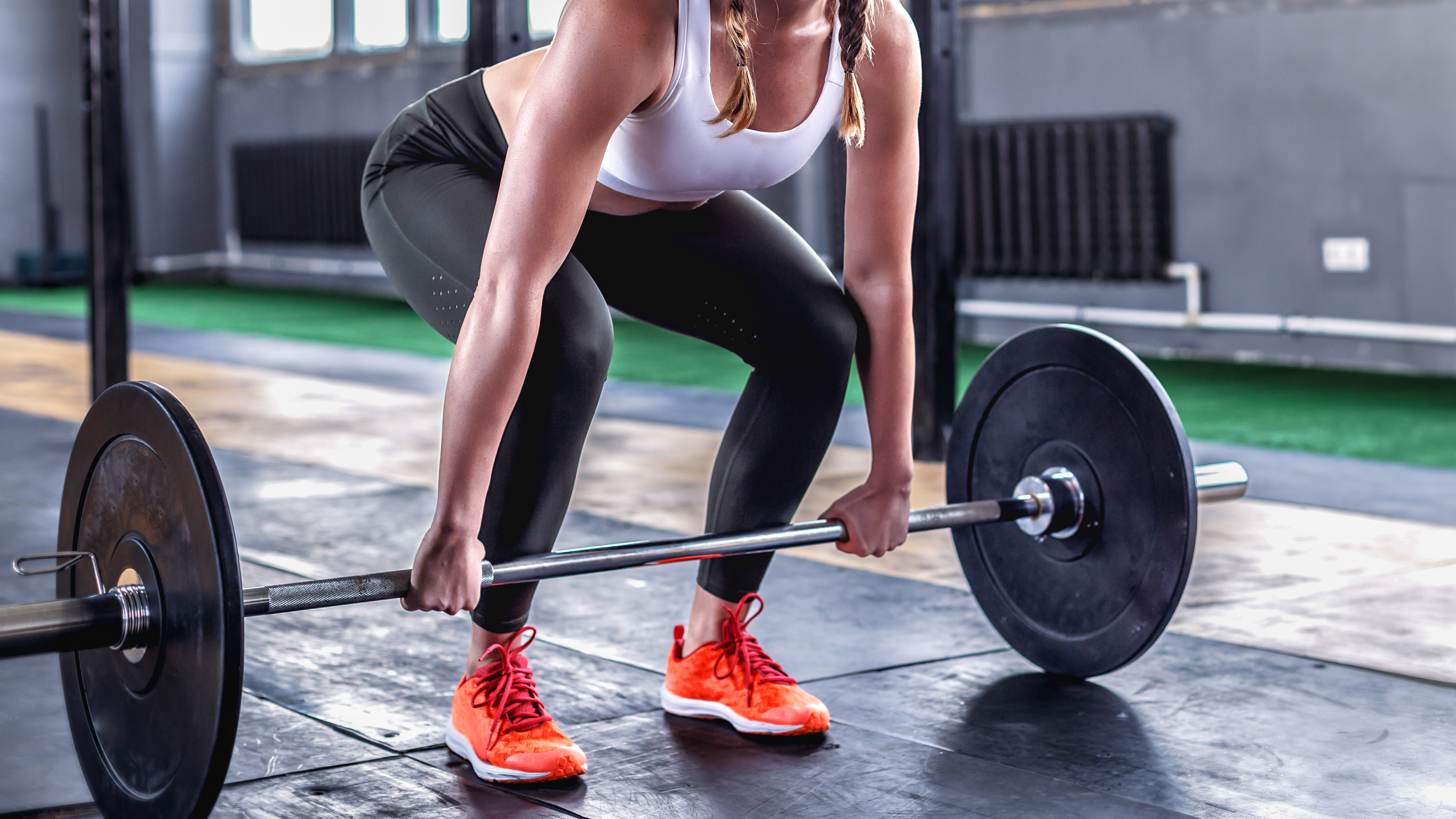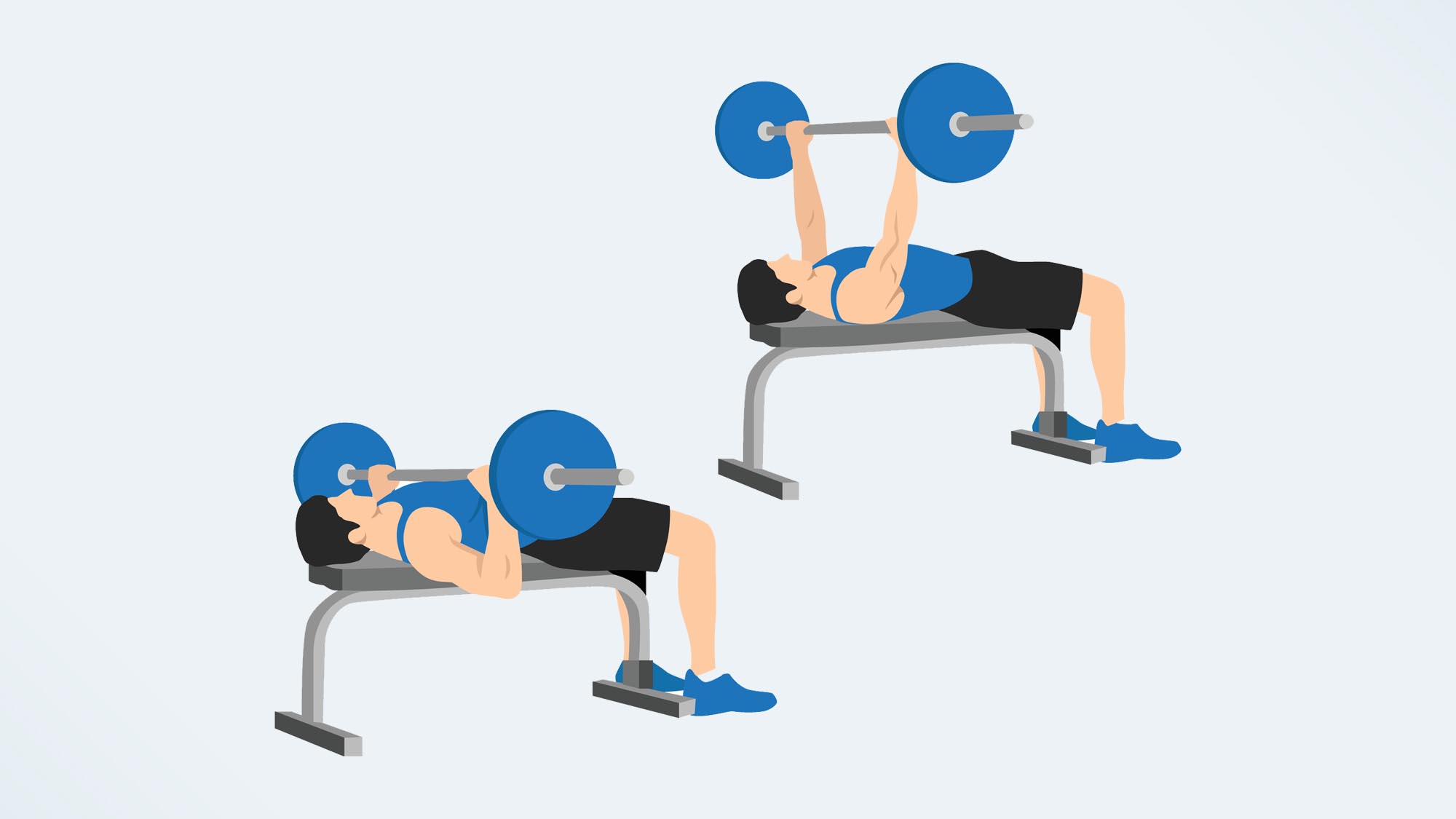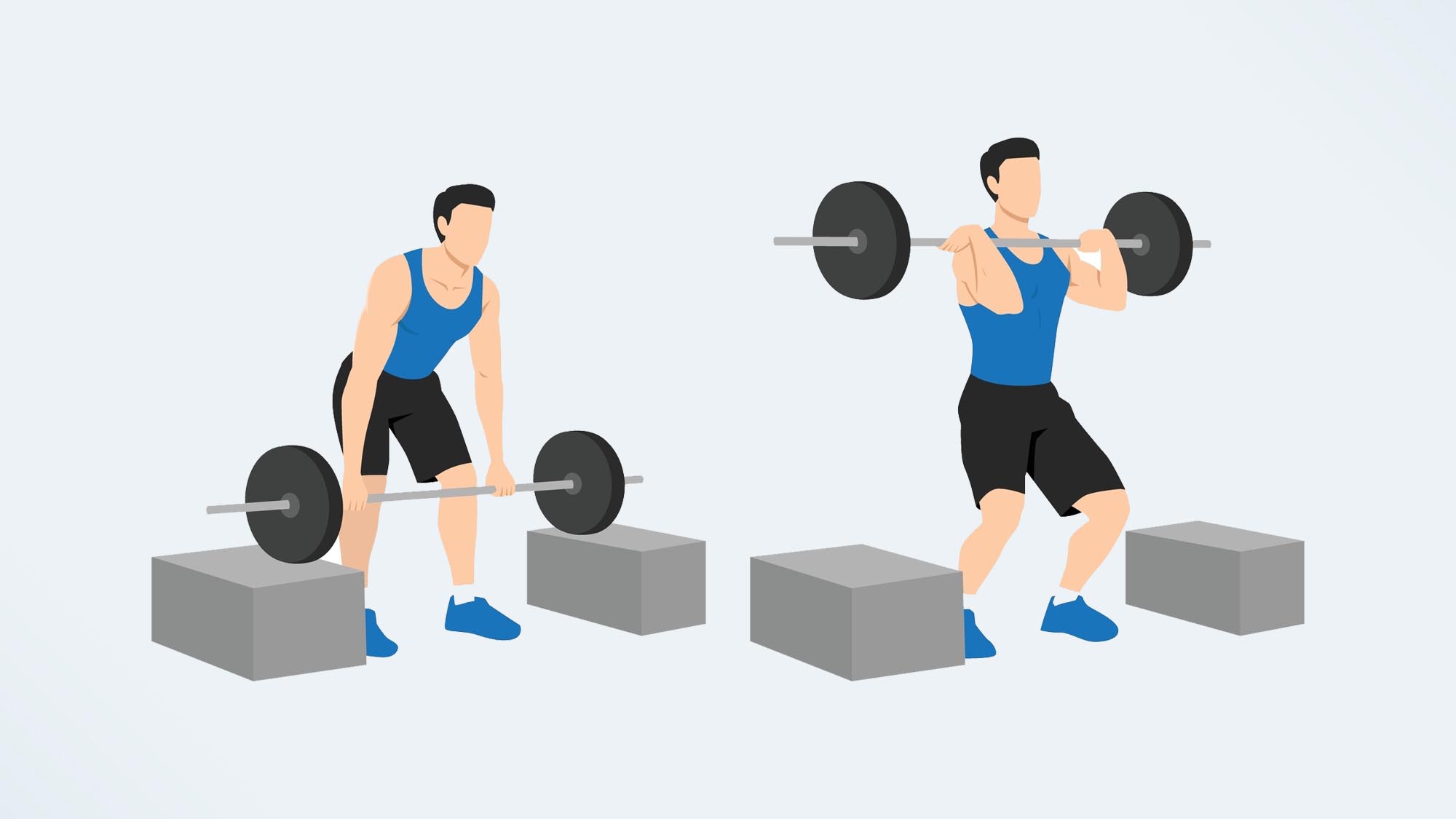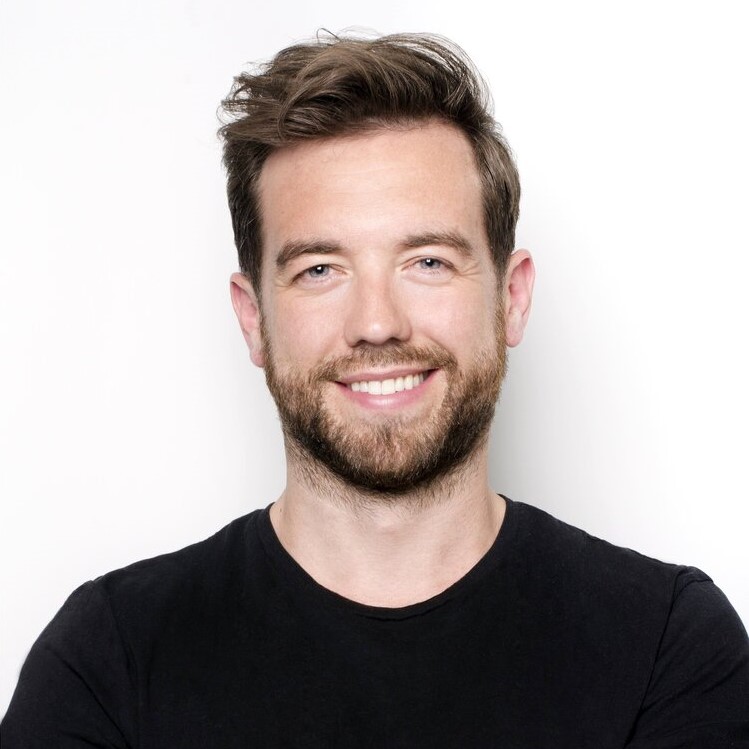
Out of all the industries out there, the world of fitness has to be one that’s most awash with misinformation.
With endless fitness influencers gaining thousands of followers based on looks alone, and offering unsolicited advice for getting chiselled abs, bulging arms and big butts without the proper qualifications — it’s all become a bit of a minefield.
Aside from making it harder than ever to decipher what advice is the right advice, it’s pretty overwhelming to be bombarded with conflicting information at every turn.
Thankfully, Tom’s Guide is here to bust some myths with some expert commentary from some of the industry’s leading fitness gurus. This time, we’ll be focusing on weightlifting and its relationship with powerlifting. Should these terms be used interchangeably? And if not, what type of lifting is the best?
Enlisting the help of Steven Rinaldi, Founder and CEO of fitness equipment company PRIMAL, we’ll break down the nitty-gritty of both disciplines, including the benefits each brings and how to perform their respective exercises properly to avoid injury.
Powerlifting vs. weightlifting: What’s the difference, exactly?
While powerlifting and weightlifting are both forms of strength training that involve lifting a barbell with weighted plates attached to each end, there’s still a significant difference between the two.
According to Rinaldi, it comes down to the type of exercises that are generally implemented in the two. For example, weightlifting consists of two core lifts — the snatch and the clean and jerk.
Get instant access to breaking news, the hottest reviews, great deals and helpful tips.
“In the snatch, the lifter lifts the barbell from the ground to overhead in one continuous motion,” he explains. “In the clean and jerk, the lifter first lifts the barbell to their shoulders (the clean) and then lifts it overhead (the jerk).”
As for powerlifting, this comprises three primary lifts: the squat, bench press and deadlift.
“In powerlifting, competitors aim to lift as much weight as possible in each of these exercises,” adds Rinaldi. “It focuses on maximal strength and is often seen in non-Olympic competitive settings.”
Another difference is the speed and tempo of how the exercises in each discipline are performed. While weightlifting focuses on explosive movements with a faster tempo, powerlifting emphasises slower, high-intensity lifts for maximal strength.
Powerlifting vs. weightlifting: What are the benefits?
Since both disciplines involve lighting heavy weights, they each share many of the same benefits, one of which is muscle growth and general fitness. However, each discipline’s unique set of exercise types means there are specific rewards to be gained in one that aren’t so much by the other.
Those who participate in the sport of powerlifting and incorporate its training principles into their fitness routines should, according to Rinaldi, see the following benefits:
Increased strength
Powerlifting primarily focuses on lifting heavy weights, which leads to significant increases in overall strength. The squat, bench press, and deadlift are compound movements that engage multiple muscle groups, promoting full-body strength development.
Muscle growth
Powerlifting can contribute to muscle hypertrophy, particularly in the muscles involved in the squat, bench press, and deadlift. This can lead to increased muscle size and definition, especially in the legs, chest, back, and arms.
Improved body composition
Regular powerlifting training can help reduce body fat and increase lean muscle mass. This can lead to improved body composition and a more toned appearance.
Improved bone health
Lifting heavy weights places stress on your bones, which can lead to increased bone density. This is particularly important for preventing osteoporosis and maintaining bone health, especially as you age.
Increased metabolism
Building muscle through powerlifting can boost your metabolism, as muscle tissue requires more energy to maintain than fat. This can aid in weight management and fat loss.
Functional strength
Powerlifting movements mimic real-world activities such as lifting heavy objects or pushing/pulling. This functional strength can make daily tasks easier and reduce the risk of injury during daily activities.
Improved joint health
Proper powerlifting technique involves strengthening the muscles surrounding the joints, which can help improve joint stability and reduce the risk of injury.
Mental resilience
Powerlifting requires mental focus, discipline and determination. Overcoming challenges in training and achieving personal records can boost self-confidence and mental toughness.
But what about the benefits that are unique to weightlifting?
Much like Powerlifting, weightlifting has many benefits both in terms of physical fitness and athletic performance.
Rinaldi lists some of the main advantages of weightlifting as the following:
More explosive power
Weightlifting movements require rapid and explosive force production to lift the barbell from the ground to overhead. This type of power development can be valuable for athletes in sports that demand speed and explosiveness, such as track and field, martial arts, and football.
Enhanced athletic performance
Weightlifting enhances performance in various sports by improving speed, agility, and coordination. It also helps athletes generate force quickly, which can be advantageous in sports that involve sprinting, jumping, or quick changes in direction.
Full-body strength
Both the snatch and the clean and jerk engage multiple muscle groups, providing a well-rounded approach to strength development. They work the legs, back, shoulders, and core, promoting full-body strength and muscle development.
Better mobility and flexibility
Weightlifting movements require a good range of motion in the hips, knees, and shoulders. Consistent practice can improve mobility and flexibility, which can be beneficial in preventing injuries and improving overall athleticism.
Increased kinetic awareness
Lifters need to develop a keen sense of their body's positioning in space to execute these complex movements properly. This heightened awareness can carry over to other sports and daily activities, improving proprioception and reducing the risk of injury.
Cardiovascular benefits
While weightlifting is primarily a strength sport, the high-intensity nature of the lifts can elevate heart rate and provide cardiovascular benefits when performed in a circuit or with minimal rest between sets.
Improved body composition
Like powerlifting, Olympic weightlifting can help with body composition goals by promoting muscle growth and fat loss. The combination of explosive movements and strength training can lead to a more toned and athletic physique.
Powerlifting vs. weightlifting: the exercises and how to perform them
Knowing the benefits of powerlifting and weightlifting is all good and well, but they’re useless if you don’t know how to perform them. Here’s a step-by-step guide to performing one of the best exercises in each discipline.
Powerlifting Exercise: Bench Press

This exercise is probably one of the most common out there and involves pushing a barbell upward, targeting chest and arm muscles. Here’s how it’s done:
- Step 1. Lie flat on a bench with feet flat on the ground.
- Step 2. Engage your core and pinch the shoulder blades for stability.
- Step 3. Grip a bar with hands at a slightly wider than shoulder width.
- Step 4. Push the bar away from the chest, maintaining chest tension.
- Step 5. Slowly lower the bar to the chest and push it up without locking elbows.
- Step 6. Repeat for target reps.
Weightlifting Exercise: Power Clean

This is an explosive weightlifting exercise that involves lifting a barbell from the ground to the shoulders in one motion, enhancing total body power. Here’s how to do it:
- Step 1. Stand over the bar with your feet hip-width apart.
- Step 2. Grip the bar outside of your feet, keeping your shoulders over it and maintaining a braced position.
- Step 3. Drive the bar up with your legs, keeping it close to your body.
- Step 4. Extend hips explosively as the bar passes the knees.
- Step 5. Quickly get under the bar and catch it in a front rack position with high elbows.
- Step 6. Lower the bar to your hips, absorb it with bent knees and hips, and then return it to the ground while maintaining a braced trunk.
Powerlifting vs. weightlifting: Which is best?
From what we’ve learned so far, both powerlifting and weightlifting exercises are beneficial in their own right, being good additions to any workout routine.
However, we can’t pit the two disciplines head to head in a versus article without asking the big question: which is best, am I right?
Well, it might be a bit of a cop-out to say it, but the best resistance training discipline ultimately comes down to your preferences and goals.
Since weightlifting focuses on dynamic, explosive movements, this discipline is ideal for those aiming to improve athleticism and speed. Conversely, powerlifting emphasizes maximal strength, so it’s perhaps best suited to those seeking raw strength gains and muscle mass.
And it doesn’t have to be a cut-and-dry choice between the two, either, as Rinaldi explains:
“The choice depends on individual goals, but many athletes incorporate both for a balanced approach to explosive power and strength development depending on their sport/goals.
More from Tom's Guide
- Running vs swimming - which burns the most calories?
- 9 kettlebell ab exercises that'll torch your core
- I drank apple cider vinegar every day for 10 days like Victoria Beckham— here’s what happened to my body

Lee Bell is a freelance journalist and copywriter specialising in technology, health and fitness and how the latest innovations are shaking up the lifestyle space. From national newspapers to specialist-interest magazines and digital titles, Lee has written for some of the world’s most respected publications during his 12-plus years as a journalist.
